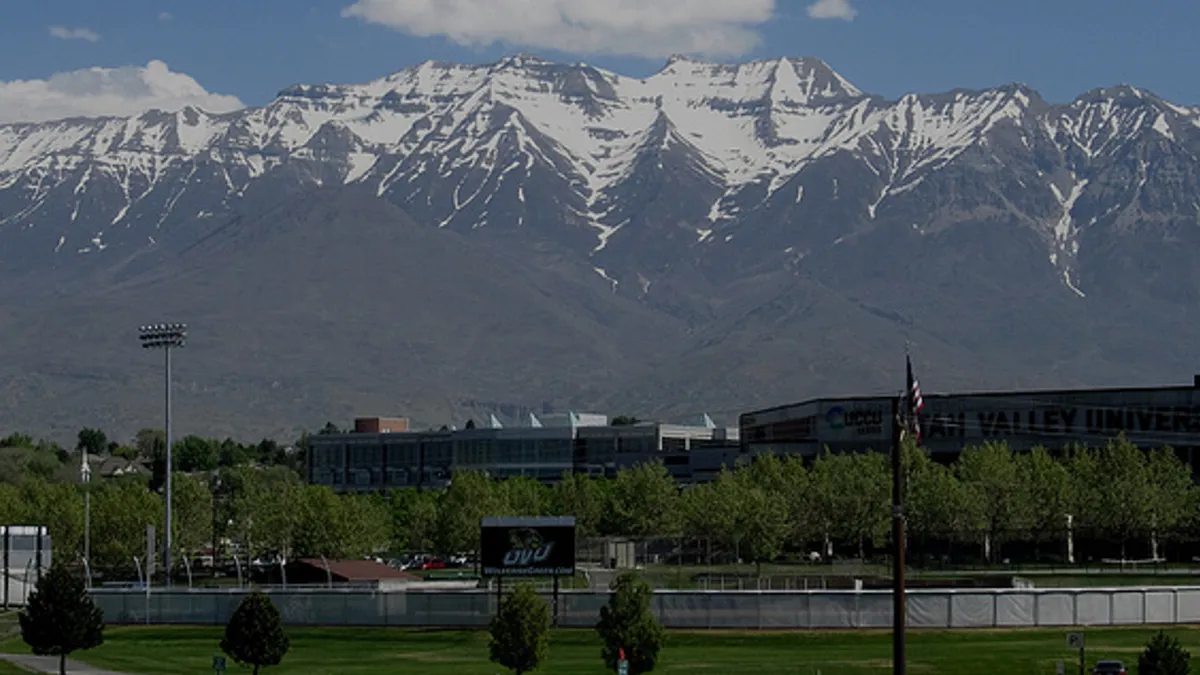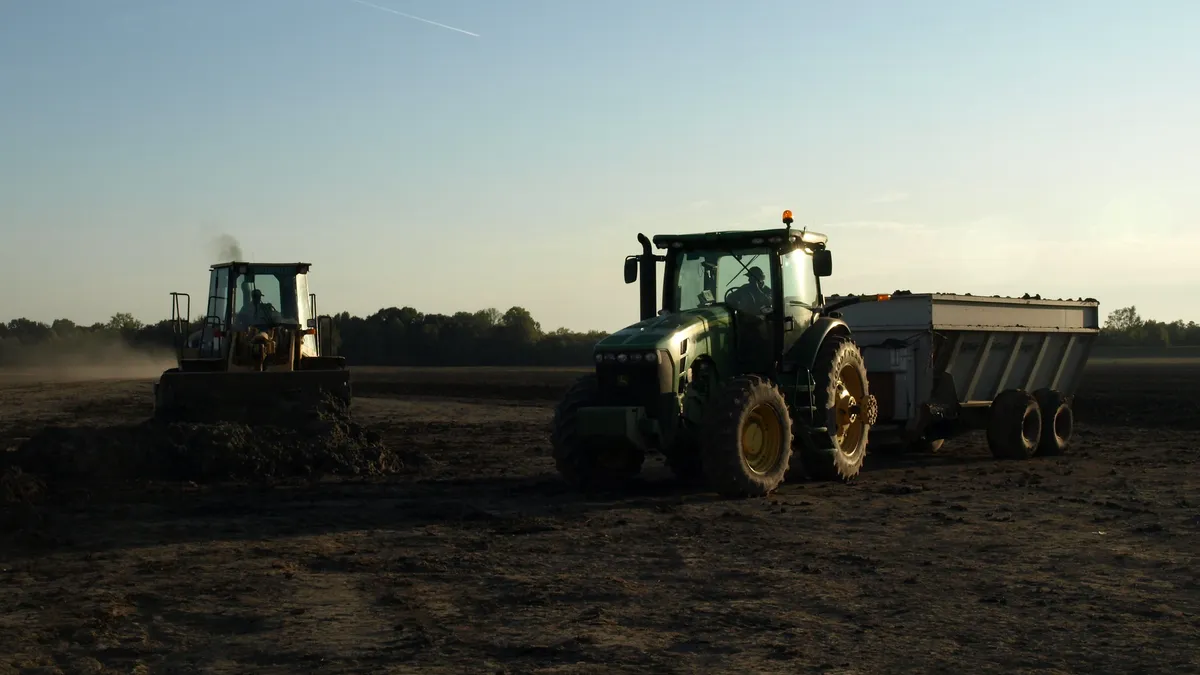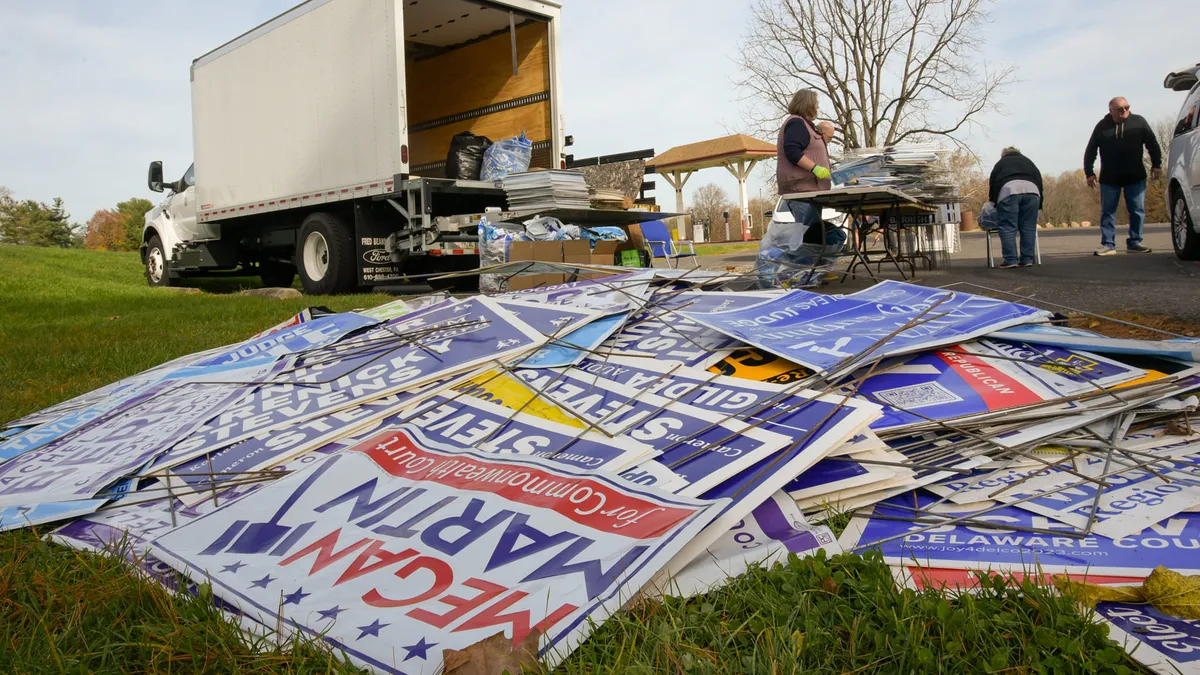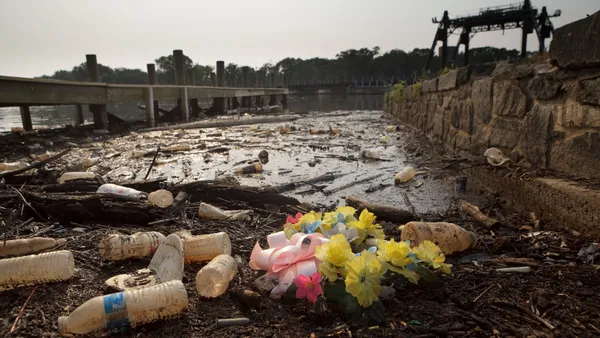Dive Brief:
- A new facility being built by Revolve in Logan, UT will have the capability to process 220 different materials for recycling. This includes construction and demolition waste, unsorted glass, baling twine, unused diaper scraps and much more, as reported by The Herald Journal.
- Revolve plans to focus on smaller Intermountain West towns in Idaho, Wyoming, Washington, Nebraska and Nevada that may currently be exporting their material to California. The company also plans to compete for local business once the city of Logan's contract is up with another facility.
- The Revolve facility is set to open in March 2017 and will have capacity to process 50 tons per hour with up to 20 employees.
Dive Insight:
Revolve's CEO said he toured facilities in 20 states and noticed a lack of advanced optical sorting technology. Because the facility is located next to a local landfill, it could make customers more likely to drop material off there and also help extend the landfill's capacity. As seen in other upcoming projects, placing recovery facilities near landfills can be beneficial when the logistics work out.
The decision to accept unsorted glass may not line up with the perceptions of many in the waste industry at the moment but Revolve is not the only company to build that capability into its MRF. Alpine Waste & Recycling recently upgraded its Denver MRF to accept glass and has a partnership with Utah-based Momentum Recycling for processing. A brand new facility operated by the Emerald Coast Utilities Authority in Florida also has special equipment for glass, though at least one local city still doesn't want to collect it.
If the Revolve facility is successful it could also help the region move toward higher diversion or "zero waste" goals. Colorado-based Eco-Cycle often touts its CHaRM (Center for Hard-to-Recycle Materials) facility — which has added capacity for a new category of material every year since it opened in 2001 — as a key part of processing infrastructure for any zero waste program. As more cities set these goals, and few want to use waste-to-energy to reach them, this type of facility could become more common.












